
Homeowning brings a lot of pleasure. There’s the feeling of stability, belonging, privacy and pride of ownership. Of participating in the ups (and, okay, the downs) of the real estate market. The ability to change your home to suit your needs.
Oh, yeah, and there’s also the upkeep. Knowing that if the plumbing breaks in the middle of the night, it’s all on you. Some people hate the chores of homeowning, some enjoy them. Either way, though, they’ve got to be done. And many are easy and gratifying, even if you aren’t particularly handy.
Master the following vital skills to save money and gain a sense of independence.
1. Apply weatherstripping

You don’t have to put up with cold drafts in the house that make winter miserable. Few projects are more gratifying than making your home cozier.
Job No. 1 is to find those leaks. Check for cracks around doors and windows where you see light shining in from outdoors. Or move a lighted candle or incense around the door or window to show you where air is moving as it comes in from outside. Now that you’ve found them, use weatherstripping to seal those leaks.
Lowe’s explains which weatherstripping materials to use where, and how to install them.
2. Replace a furnace air filter
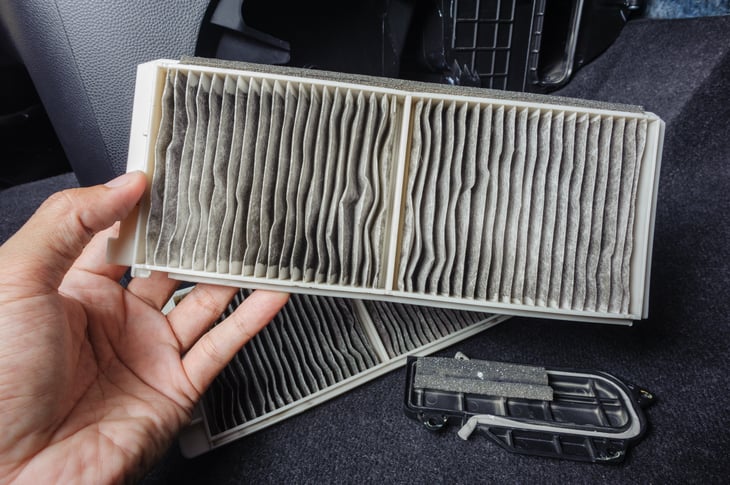
Your furnace air intake filter keeps dirt, dust, pet hair and airborne particulates out of your home and out of your furnace where they can wear down the components. The better HVAC filters also catch mold, pollen, bacteria and mildew.
Check the furnace’s owner manual to see how often to change the filter and which type to use.
Start by turning off the furnace. Next, locate the furnace’s service panel, pull out the old filter (noting the orientation so you’ll install the new filter correctly) and slide in the replacement. Bob Vila leads you through the process. Remember to switch the furnace back on.
3. Clean the gutters
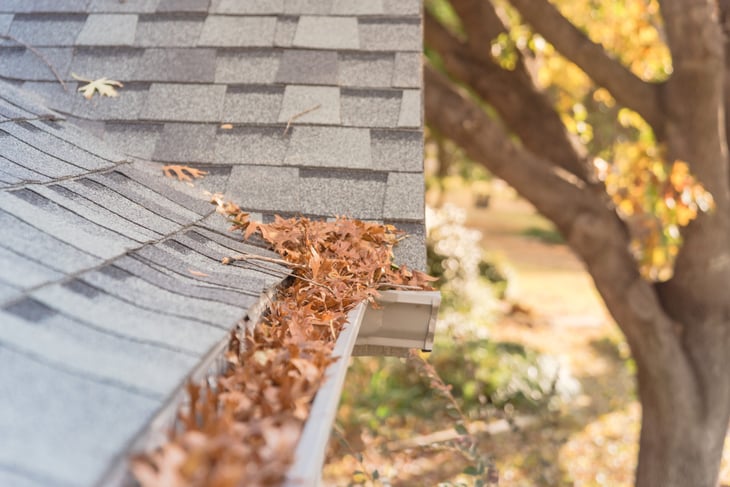
If you are comfortable on a ladder you can probably clean the gutters that ring your home’s roof line. (If not, hire a professional.)
These gutters carry rain and snow runoff from the roof, house and foundation where it can cause damage. When gutters fill with leaves, tree needles and other debris, water can’t flow freely. Backed-up gutters cause roof damage, and with the average cost of a shingle roof replacement at nearly $30,000, it pays to clean your gutters twice a year.
Home Depot tells homeowners how to perform this basic chore.
4. Fix a leaking faucet
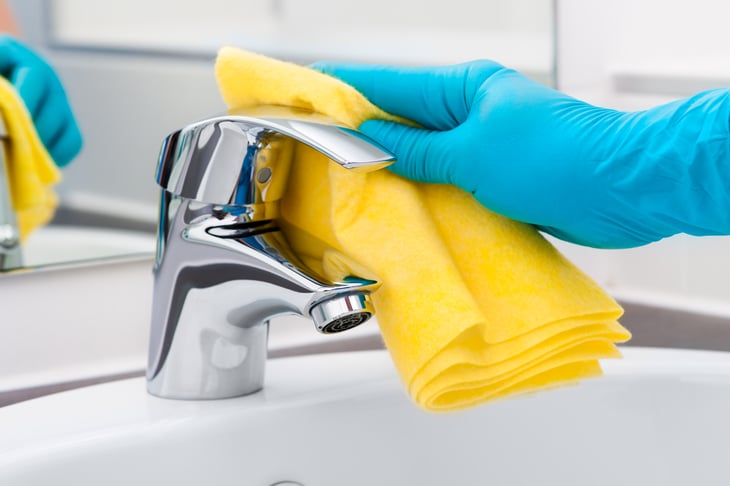
It’s easy to overlook a leaking faucet. But at the rate of one drip per second, you are wasting — get this! — 3,000 gallons of water (or 180 showers) per year, according to the Environmental Protection Agency.
A leaky faucet generally isn’t hard to fix. The trouble likely comes from a worn-out washer inside the faucet handle.
This Old House explains how to make the repair. Start by looking under the sink for the water supply valve and turning off the water to the sink.
5. Locate a stud
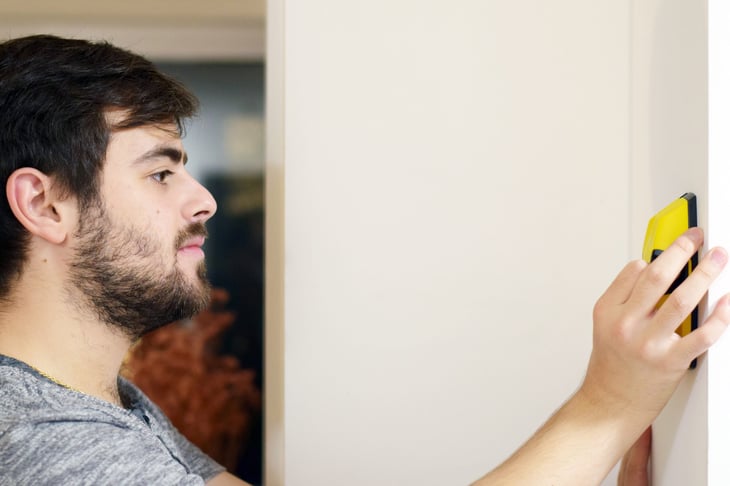
Have you ever sunk a nail or screw into a wall only to have it plunge into empty space? To be sure you’ll connect with solid wood you’ll need to know — and not just guess — how to find the studs, the wooden support structures behind the wall.
Locating studs is an easy and fun skill. You can always use a stud finder, purchased for a few bucks from the hardware store. You can also try knocking gently on the wall like a door — if the sound is hollow, no stud. But it’s also great to know the analytical approach (described here at This Old House): Since studs typically are placed every 16 inches apart, measure 16 inches from a corner to locate a stud and keep going every 16 inches to find more.
6. Clear a clogged sink
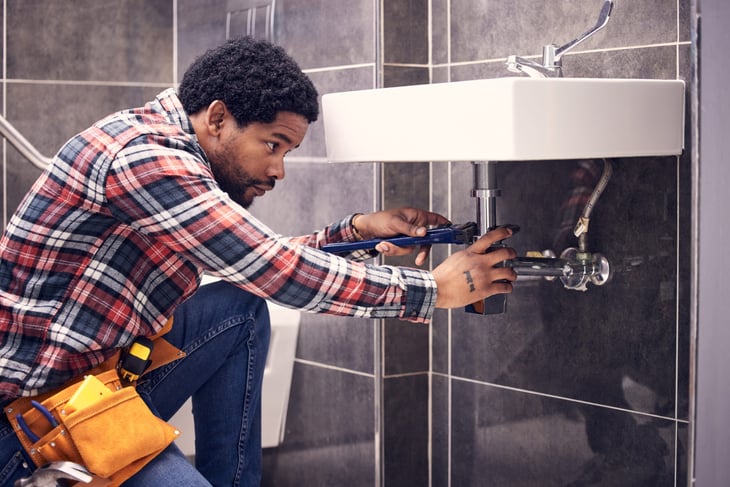
A friend taught me this tried-and-true method for unclogging sink drains. I use it regularly to keep sink and tub drains running free. Before calling a plumber, give it a try.
As Liquid Plumber explains, all you need is boiling water, baking soda and household vinegar.
7. Stop an overflowing toilet

When the toilet backs up, don’t panic. And don’t flush again.
To stop the water from running, turn it off at the shut-off valve (if your toilet has one), located on the wall behind the toilet.
Either way, the next step is to take the lid off the tank, find the float or flapper and adjust it to seal the tank so it stops moving the water. The Rooter Works in Columbus, Ohio, tells how to do this.
When the water stops, you can clear out the clog using the toilet plunger that you’ve been saving for such an emergency. (Buy it now if you don’t have one.)
8. Use the circuit breaker box
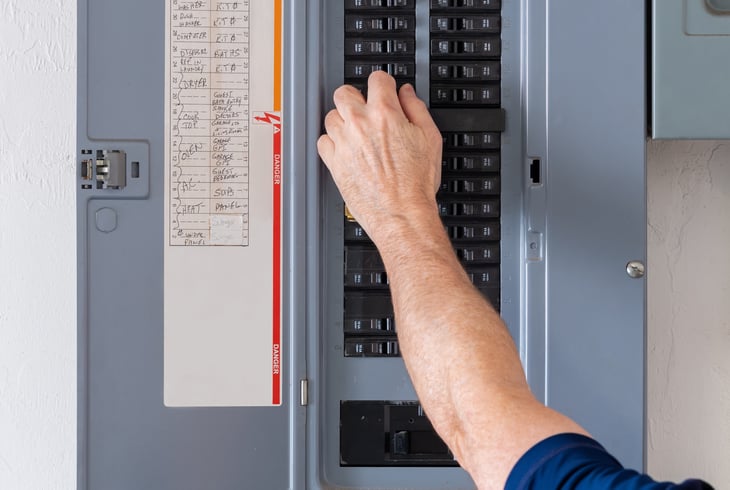
Also known as your home’s electrical panel, this metal box set into a wall receives hot (deadly) current from outside the home and distributes it safely to various appliances, lights and other uses at your home.
When a circuit is overloaded — demanding more electricity than your panel can safely supply — the circuit breaker will automatically trip, or shut off power, to the place where the problem is located in order to avoid becoming overloaded.
Resetting the breaker is simple and safe. “Home Maintenance for Dummies” tells how to do it.
Want to learn more? The Spruce offers a more thorough explanation of your home’s electrical panel.
Some older homes have a fuse box instead of an electrical panel. C.M. Mose & Son, a Missouri electrical business, explains how to change a fuse.




Add a Comment
Our Policy: We welcome relevant and respectful comments in order to foster healthy and informative discussions. All other comments may be removed. Comments with links are automatically held for moderation.